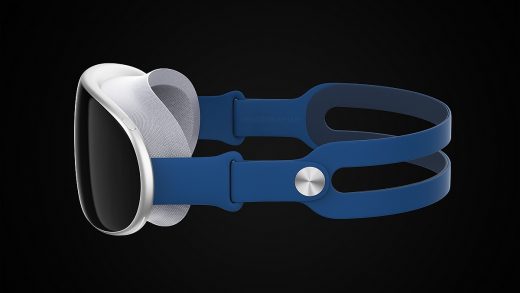
NASA plans on Monday to introduce the four astronauts for its Artemis II lunar flyby mission, set for launch as early as next year in what would be the first crewed voyage around the Moon since the end of the Apollo era more than 50 years ago.
Officials from the Canadian Space Agency (CSA), which is contributing an astronaut to the crew, will join their US counterparts for the announcement in Houston at Johnson Space Center, NASA’s mission control base.
Artemis II will mark the debut crewed flight – but not the first lunar landing – of an Apollo successor program aimed at returning astronauts to the Moon’s surface this decade and establishing a sustainable outpost there, creating a stepping stone to human exploration of Mars.
The newly introduced crew will include the first Canadian astronaut for a Moon mission, as well as three Americans from a pool of 18 NASA astronauts – nine women and nine men – selected for the Artemis program in 2020.
The Artemis 18 group, a mix of veteran astronauts and relative newcomers, were also chosen on the basis of diversity, so the crew presented on Monday will most likely include not only the first woman but the first person of colour assigned to a lunar mission.
The kickoff Artemis I mission was successfully completed in December 2022, capping the inaugural launch of NASA’s powerful next-generation mega-rocket and its newly built Orion spacecraft on an uncrewed test flight that lasted 25 days.
The objective of the Artemis II flight, a 10-day, 1.4-million-mile (2.3-million-km) journey around the Moon and back, is to demonstrate that all of Orion’s life-support apparatus and other systems will operate as designed with astronauts aboard in deep space.
The flight is targeted for as early as 2024.
As planned, Artemis II will venture some 6,400 miles (10,300 km) beyond the far side of the Moon before returning, marking the closest pass that humans have made to Earth’s natural satellite since Apollo 17, which carried Gene Cernan and Harrison Schmitt to the lunar surface in December 1972.
They were the last of 12 NASA astronauts who walked on the Moon during six Apollo missions starting in 1969 with Neil Armstrong and Edwin “Buzz” Aldrin.
At its farthest distance from Earth, Artemis II is expected to reach a point more than 230,000 miles (370,000 km) away, compared to the typical low-Earth orbit altitude of the International Space Station, about 250 miles (420 km) above the planet.
Carried to Earth orbit atop NASA’s two-stage Space Launch System (SLS) rocket, the Artemis II crew will practice manual manoeuvres with the Orion spacecraft before handing control of the capsule back to ground control for further tests and the lunar flyby portion of the mission.
The outbound journey would culminate with Orion looping around the Moon, then using both the Earth’s and the Moon’s gravity to send the spacecraft on a propulsion-free return flight lasting about four more days, ending in a splashdown at sea.
If Artemis II is a success, NASA plans to follow up a few years later with the programs’ first lunar landing of astronauts, one of them a woman, on Artemis III, then continue with additional crewed missions about once a year.
Compared with the Apollo program, born of the Cold War-era U.S.-Soviet space race, Artemis is broader based, enlisting commercial partners such as Elon Musk’s SpaceX and the government space agencies of Canada, Europe and Japan.
It also marks a major redirection of NASA’s human spaceflight ambitions beyond low-Earth orbit after decades focused on its Space Shuttles and the International Space Station.
© Thomson Reuters 2023



